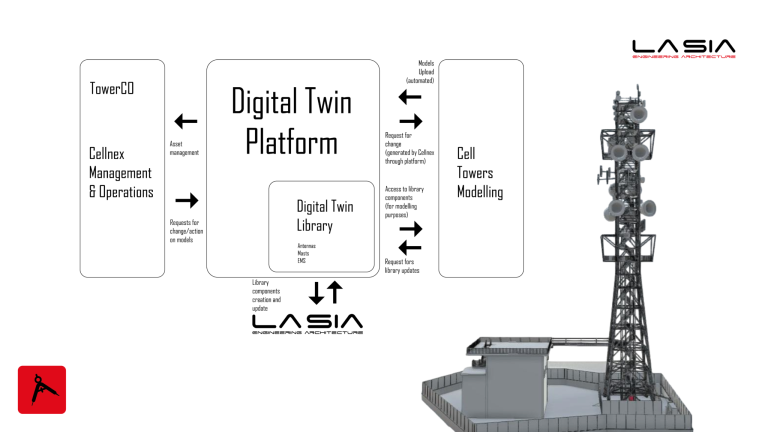In the design phases of modern construction, the assessments made by a private developer or contracting station go beyond just the construction of the work itself. Starting from the design phase, additional components that influence design choices are considered, namely maintenance, operating costs, and the final residual value of construction.
Maintainability, is one of the design requirements that enters predominantly into the design phase as its costs represent a major share in the expense of property management.
Life Cycle Cost is an evaluation method that allows the overall cost of a work to be identified by assessing its full life cycle. The total cost of a durable good consists of the purchase price and all expenses necessary for its use over its useful life.
If of a building we look at all the costs incurred in its life cycle, we observe that the overall cost is the sum of the following factors: Initial Production Cost + Use Cost + Demolition Cost (or positive or negative residual value, which the asset possesses at the end of its useful life).
Such comprehensive cost estimation is critical in deciding whether to invest in the building process by screening all phases: conception, construction, and operation of the building.
This approach optimizes the costs of construction and its use, its use is suggested by Presidential Decree 207/2012 and UNI CEI EN 16001 Energy Management Systems (Appendix A).
Today, it is possible to estimate maintenance costs, using the “maintenance plan” that the law stipulates as a compulsory part of the executive project (Articles 33 and 38 of Presidential Decree 207/10) for all public and private works.
The definition of maintenance is given to us by the UNI EN 13306:2003 standard: “is the combination of all technical, administrative and managerial actions, during the life cycle of an entity, aimed at maintaining it or returning it to a state in which it can perform the required function.”
According to various distinguished studies on the subject, for every one euro spent on the construction of a building, between 5 and 7 euros are spent on its maintenance.In particular, the British company “Royal Academy of Engeneering” analyzed the typical costs of an Office Building, over thirty years, and derived a ratio of 1:5:200 regarding construction costs, maintenance costs, and the costs of operation.
How can construction companies minimize this large cost gap?
La SIA is addressing this challenge by using the BIM method, which is that process of developing, growing and analyzing digitally generated virtual multi-dimensional models by means of software.
The BIM method is based on coordination among the various actors involved in the “life” of the work by fostering communication, cooperation, simulation and process improvement in all their phases, starting from the design phase, through the implementation phase, to the use and maintenance phase.
The digital model, containing all the information needed to manage the work, is an extremely effective tool for planning activities related to facility management. In BIM methodology, this activity is called 6D and represents the “smart” use of information, allowing for time and cost optimization.




